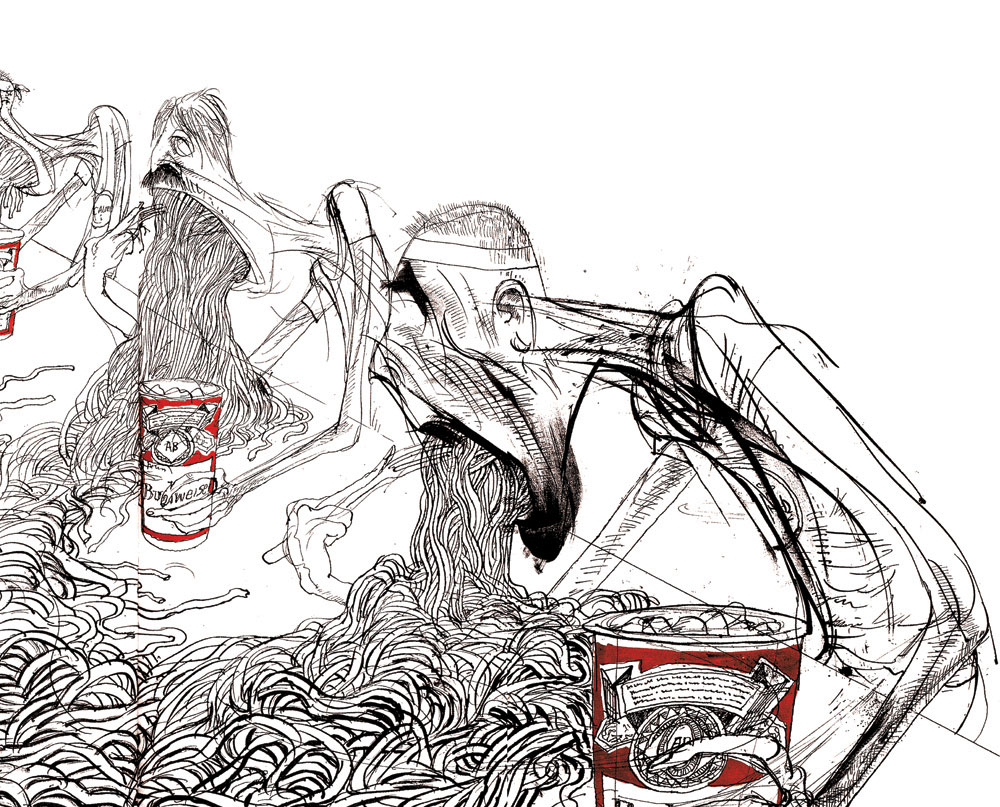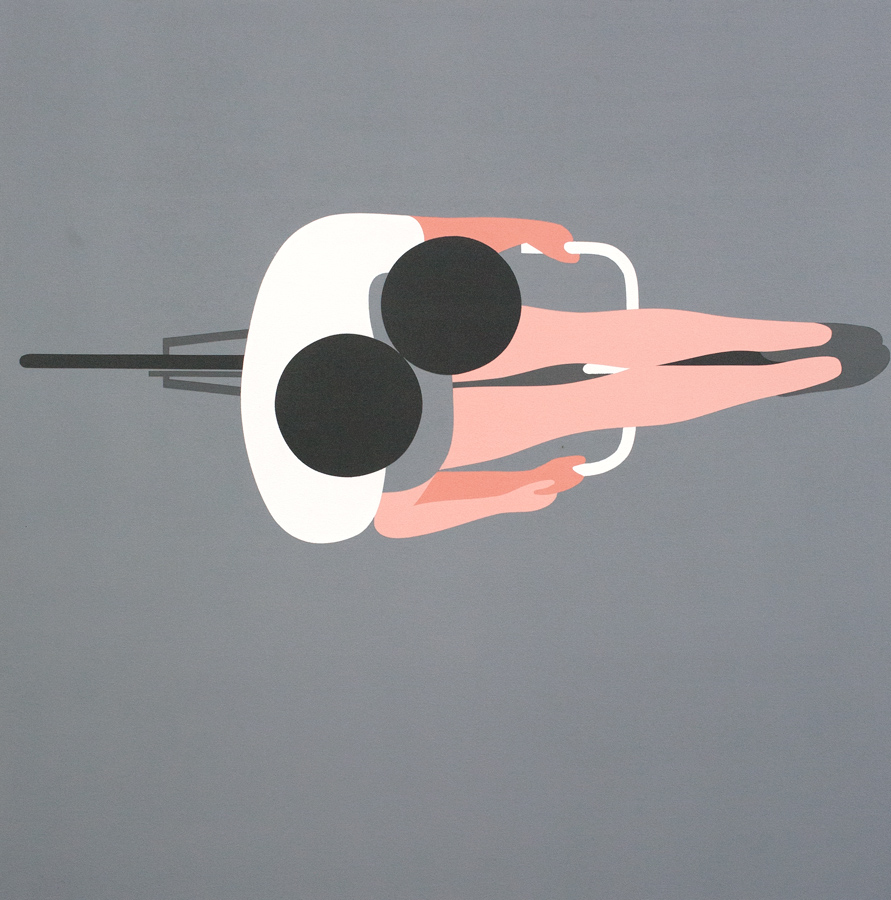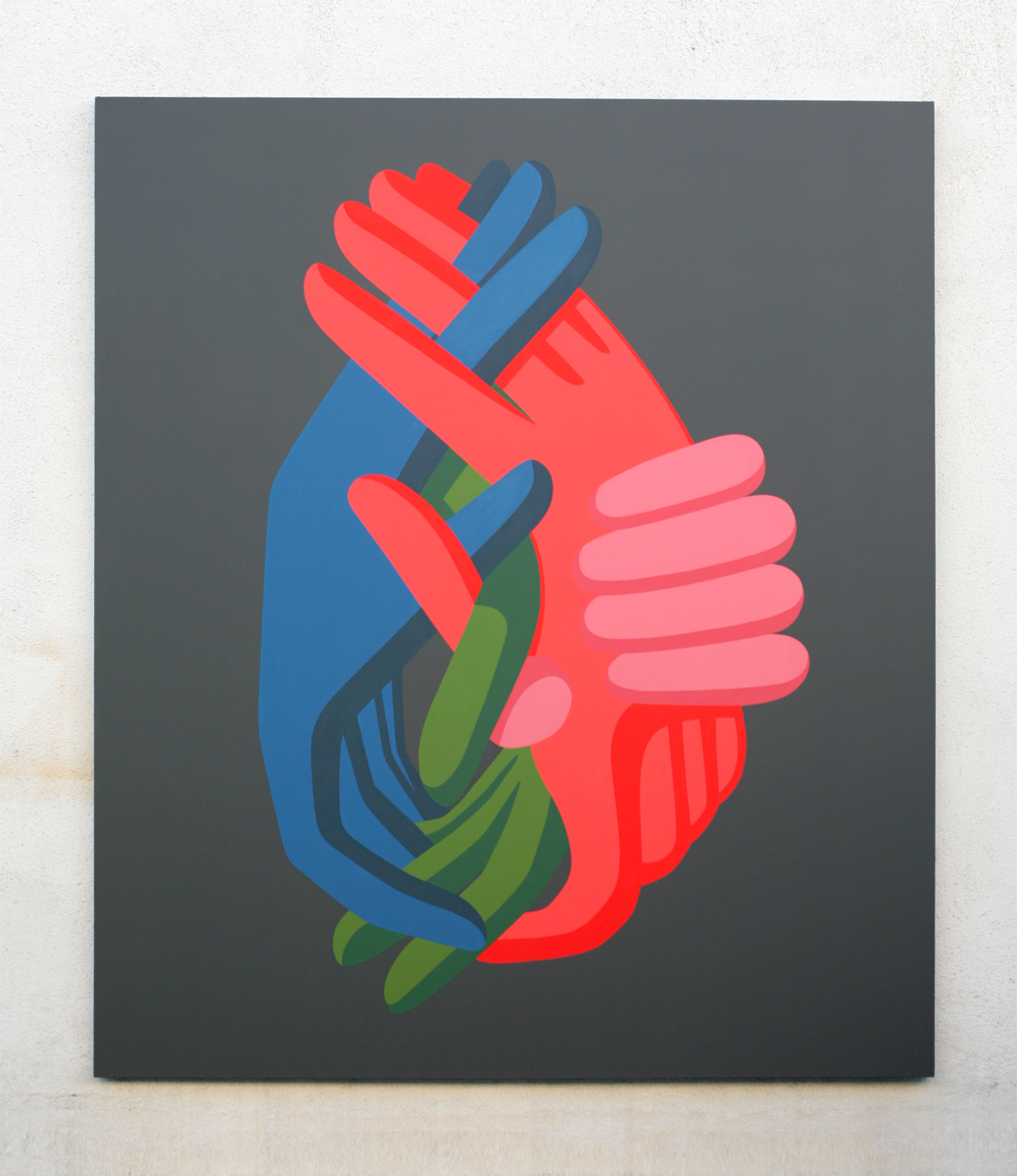10 Questions:
What do I want to know?
Why do I want to know this?
How am I going to find an answer to this?
Our task was to come up with ten questions that we want to find answers to as part of our degree course. We then had to respond to these questions by listing both what we expect to learn from them and what we will do in order to find answers to each question.
What does it mean to be a professional illustrator?
-Learn how to conduct yourself in a professional manner in relation to client interaction, contractual issues, professional practice and time management.
-Attend big heads meetings, speak to/network with illustrators and other creative professionals and conduct independent research into the creative industry and professional practice.
How can I make my illustrations more professional?
-How can I best tailor my work to meet the needs of the widest range range of clients and platforms.
-For each set brief undertaken as part of the course produce as many different ideas and potential out comes as possible so as to create a more expansive and versatile visual repertoire. Network with creatives working within different fields of practice so as to unlock new ways of thinking and create a wider range of solutions to problems.
What media and processes best suite my 'style' of illustration?
-Learn to use a wide range of different media and processes, both analogue and digital, and how they can be used when answering different briefs/working with different clients to create more effective illustrations.
-Experiment with as much media as possible, attend all digital workshops and further play with software within own time, look into other artists/practitioners who use selected processes as well as the historical background of the media and processes.
What improvements do I need to make to my practice?
-What my personal weaknesses are both in the conceptual and practical creation of images and what measures I need to undergo in order to resolve these issues.
-Keep trying when something isn't working instead of giving up on it. Try different processes and media that may be better suited. Work outside of my own personal comfort zone as that in itself may be impeding creativity.
How can improve my communication skills?
-Improve my confidence, knowledge of creative practice and image making as well general knowledge so as to produce and communicate a wider range of ideas in a more successful and professional manner.
-Attend all crits and don't be be afraid to show and communicate about work. Discuss ideas,processes and work as much as possible with tutors, others on the course, flatmates, family other creatives etc. Conduct as much research and reading as possible.
What different types of job opportunities are there within the industry?
-Learn what opportunities lie within the creative industry and understand the difference between them ie someone working with more commercially driven client al my operate in a different way to someone working within the outer fridges of creative practice.
-Speak to as many practising professionals as possible and gain an insight into the range of client al they work from and how this affects there creative process and outcomes. Figure out where within the industry my own work would fit.
Who am I and what am I trying to say?
-Learn what my tone of voice is within illustration/image making. Learn what interests me the most both conceptually and practically.
-Expose my self to a wide range of different processes practically and information,research and ways of thinking relating to the conceptual development of my images. If any seem more interesting, challenging and engaging for explore, refine and develop them. Worry less about what others are doing and engage more in what interests me. However it may also be useful to reach out to other practitioners/course mates operating in a similar way and exploring similar themes so as to share and develop your own personal ideas further.
What other creative practices can I combine with my work?
-Learn what other practices will best compliment, challenge, further develop and ultimately make my work more successful and engaging.
-Research into a range of different creative practices. Apply different methods to my own work and further research into and develop those that are helping to further my own work.
What platforms are there to advertise my work?
-Discover the best platforms and networks in which to best display my work in order to reach new audiences and client al. Learn what platforms will be best suited to my own work and personal 'tone of voice' in order to reach those that are best suited to it.
-Take note of different platforms and networks in which I am exposed to the work of other illustrators and professionals. Speak to tutors, course mates, practising professionals and attend big heads meetings in order to see what platforms others advertise there work on and take note of those which could be used in conjunction with my own work.
What can I learn from my peers?
-Understand how working to others, exposing yourself to there work and thought process as well as personal interests can further develop my own work and personal growth as a whole.
-Talk to others as much as possible, enquire into there ways of thinking and practical processes, network/social with people from many different walks of life in order to gain insight into subjects not previously known and exposure yourself to new ways of thinking.















.jpg)






